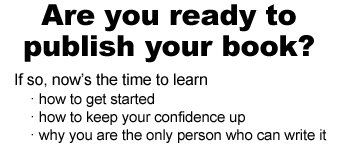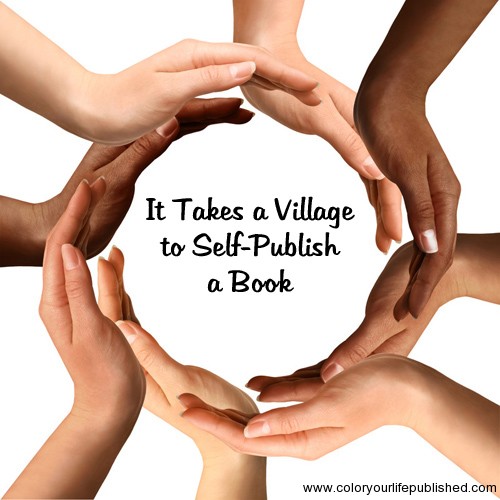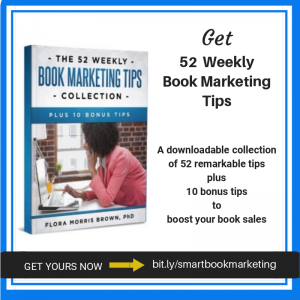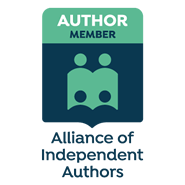 Each year we engage in reflection, review and resolution.
Each year we engage in reflection, review and resolution.
Following an idea from Denise Wakeman, I’ve created a Top Ten list of the most popular posts from my blog during 2012.
I’ve created it using List.ly so you can can vote on your favorites, comment, share and embed the list on your own blog, if you wish.
Enjoy.
Then, if you haven’t already done so, join me on Facebook, Twitter, LinkedIn and Google+
[listly id=”2lN” theme=”light” layout=”full” numbered=”yes” image=”yes” items=”all”]












